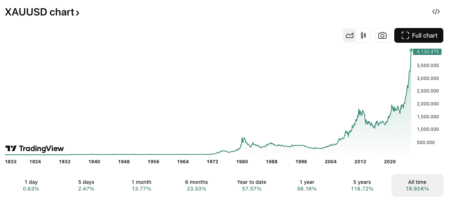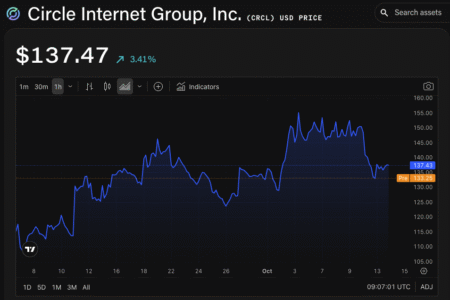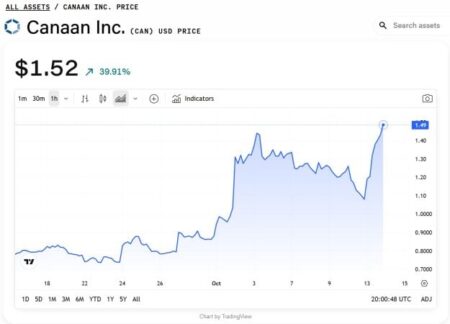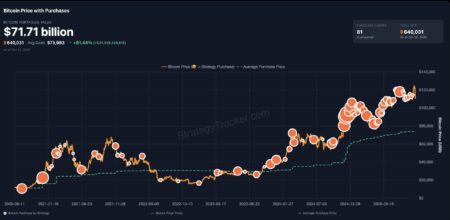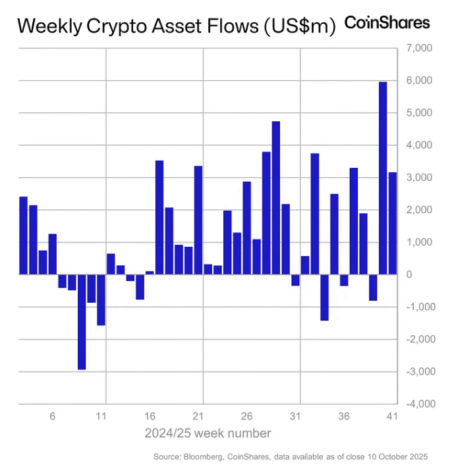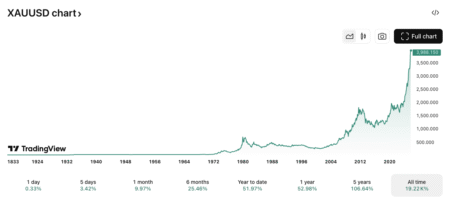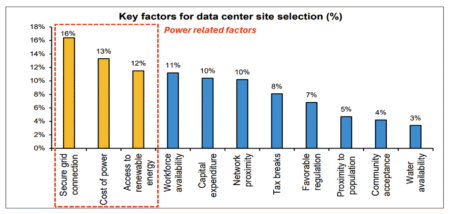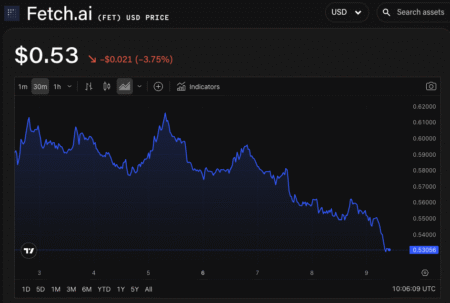Bitcoin Soars Amid Easing Core Inflation: A Comprehensive Overview
On January 15, Bitcoin experienced a remarkable surge, reaching an intraday peak of $99,442 in the wake of the latest U.S. inflation data release, which indicated a slowdown in core inflation. This pivotal economic announcement triggered significant market reactions, with many investors and analysts contemplating the implications for the cryptocurrency market. By morning, Bitcoin was trading at approximately $98,805, highlighting a sharp upward trajectory.
The recent inflation data, which showed a deceleration in core inflation, acted as a catalyst for Bitcoin’s rally. Core inflation, often regarded as a more reliable indicator of economic health since it excludes volatile items like food and energy prices, has seen a slowdown, making the cryptocurrency an attractive investment option. Investors are increasingly eager to shield their assets against inflationary pressures, and Bitcoin, often termed "digital gold," is perceived as a viable hedge against currency depreciation.
Cryptocurrency enthusiasts noted the extraordinary volatility within the market, as evidenced by the liquidation of around $224 million in futures positions within a 24-hour window that coincided with Bitcoin’s price increase. Such liquidations often serve as indicators of market sentiment and can lead to amplified price movements, particularly when leveraged positions are involved. This surge in Bitcoin’s value sparked renewed interest and speculation about the future trajectories of not just Bitcoin, but the entire crypto market.
The positive shift in Bitcoin’s price also reflects broader trends within the digital currency landscape. Several factors contribute to this bullish sentiment, including institutional investments, advancements in regulatory frameworks, and increasing mainstream adoption of cryptocurrencies. As more businesses and individuals recognize the value of digital assets, Bitcoin’s role as a flagship cryptocurrency becomes increasingly prominent in discussions concerning financial stability amidst economic uncertainties.
Moreover, Bitcoin’s recent rally highlights the growing divergence between traditional financial markets and digital currencies. While traditional markets may exhibit vulnerability to economic fluctuations and monetary policy adjustments, Bitcoin’s underlying technology and decentralized nature offer resilience against such uncertainties. As investors look for alternative assets that can withstand potential downturns in traditional equity markets, Bitcoin’s allure continues to grow.
In conclusion, the recent surge in Bitcoin’s value, prompted by easing core inflation data, represents a significant milestone in the cryptocurrency’s ongoing evolution. This rally not only underscores Bitcoin’s role as a hedge against inflation, but also signals the increasing confidence among investors in the broader cryptocurrency market. As we look ahead, the interplay between economic indicators, regulatory developments, and market dynamics will undoubtedly shape the future of Bitcoin and its position within the global financial landscape. Investors and enthusiasts alike are keenly watching to see where this volatile journey leads next in the ever-evolving world of digital currencies.








